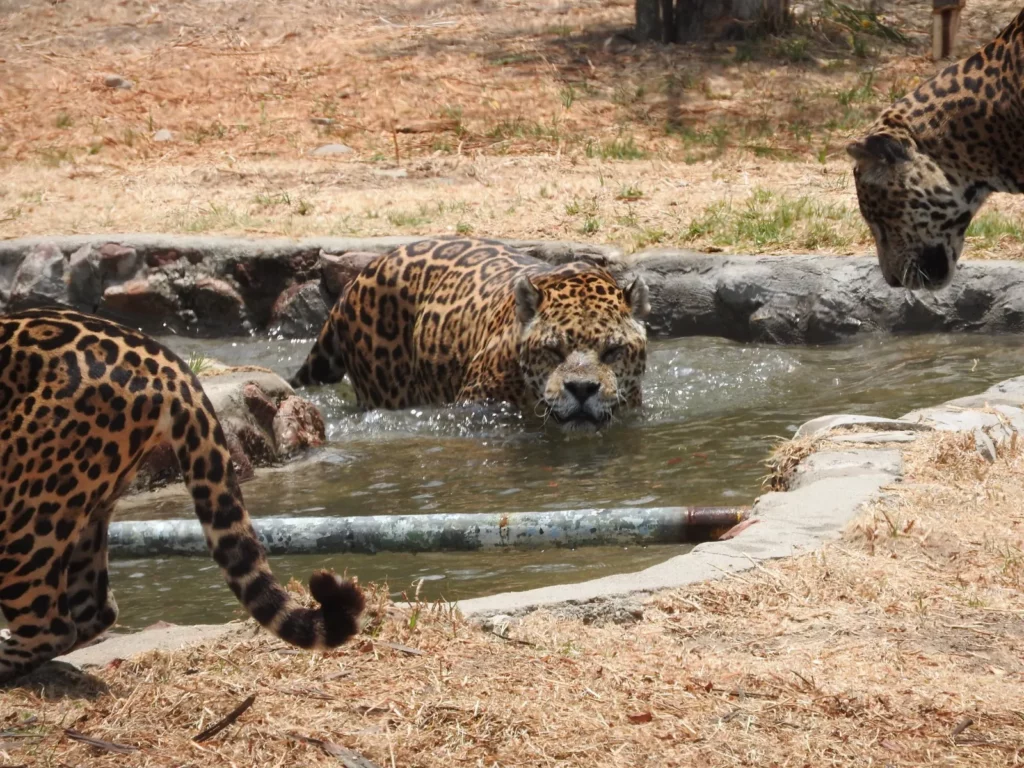The jaguar is in danger. Although it is one of the iconic big cats of Mesoamerica, it faces serious threats in the region. Mainly from agribusiness and illegal livestock, along with poaching.
In Argentina, it is known as yaguareté, and its population has decreased drastically in recent years. It is estimated that fewer than 250 individuals remain in the wild.
Generally, their natural habitat lands are set on fire and then huge areas are deforested and transformed into pastures. These areas are then made available for monocultures, pastures, among other uses.
This, combined with direct animal hunting, is leaving the jaguar with no survival options.
The Jaguar, in danger in Mesoamerica: the main threats
 The jaguar, one of the iconic big cats of Mesoamerica.
The jaguar, one of the iconic big cats of Mesoamerica.
These are the human activities that directly impact the decline of this endangered species, calling for urgent conservation measures:
1. Agribusiness
The expansion of agribusiness, especially in soy cultivation and biofuel production, is destroying vast areas of forests and jungles, essential for the jaguar’s habitat.
The conversion of natural lands into agricultural lands reduces its living space and fragments populations.
2. Illegal Livestock
Illegal livestock, including the invasion of protected lands, is also a critical factor. The presence of cattle not only competes for resources but also leads to conflicts between humans and jaguars, resulting in the persecution of these felines.
3. Poaching
Poaching is one of the greatest threats to the jaguar. Despite being a protected species, its skin and other organs are highly valued in the black market. Lack of control and surveillance in remote areas allow this practice to continue unchecked.
What is the Jaguar Corridor
 The jaguar or yaguareté, an emblematic species of Mesoamerica.
The jaguar or yaguareté, an emblematic species of Mesoamerica.
The challenge for a large number of scientists, organizations, and governments is to implement the Jaguar Corridor Initiative. Its implementation aims to provide connectivity to the populations of the largest feline in America throughout its range, from Mexico to northern Argentina.
Similarly, an unprecedented global commitment to save the species that began at the end of 2018 continues to work towards conserving the species towards 2030, ensuring 30 priority landscapes in 16 of the 18 countries in its distribution area.
Have you visited our YouTube channel yet? Subscribe now!

